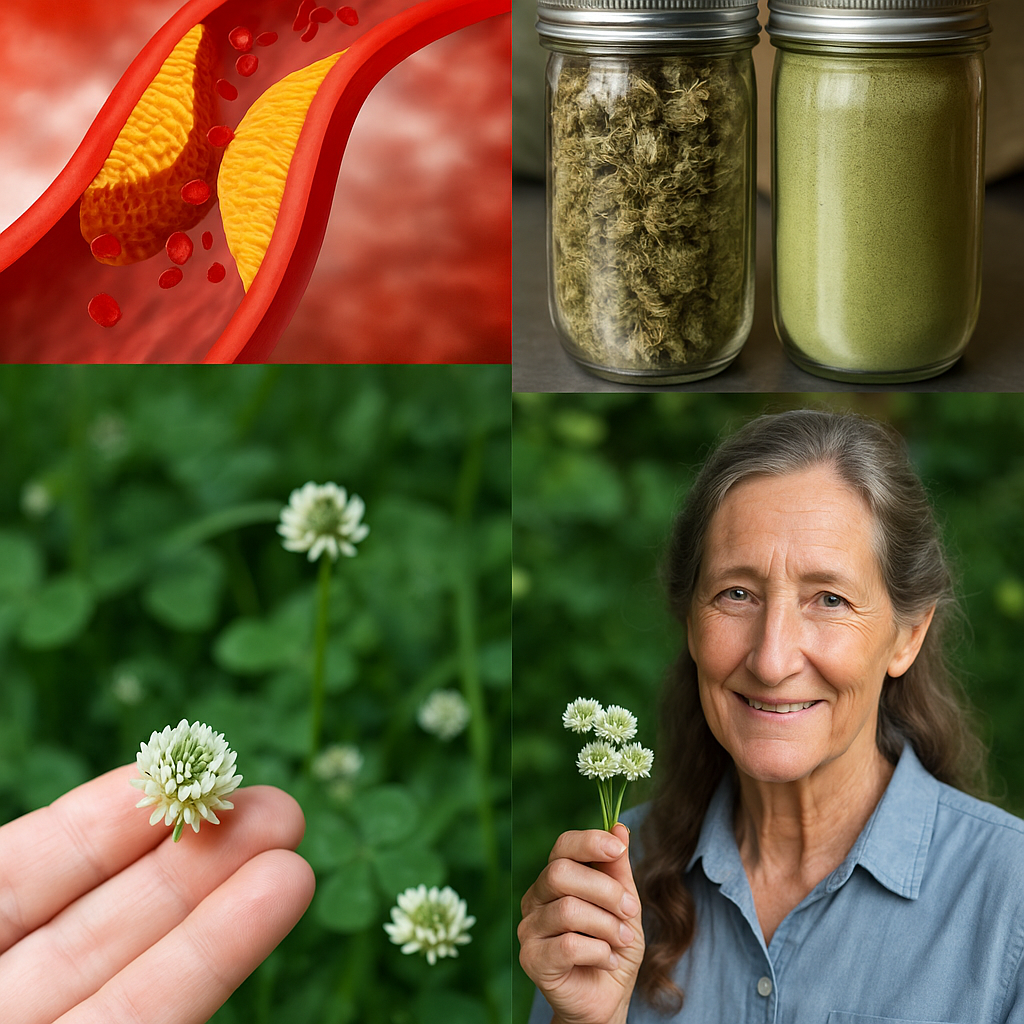🌿 Have you ever wondered if there’s a natural way to ease pain, calm your nerves, and gently drift into sleep—without relying on pills? What if a tall, unassuming weed growing on roadsides held the secret?
The answer lies in wild lettuce sap—an age-old remedy with modern appeal. Often nicknamed “opium lettuce” (though it contains no opiates), this wild plant has been used for generations to soothe the body and quiet the mind. But what makes this milky-white sap so intriguing isn’t just its calming effects—it’s the story behind how it’s collected, used, and why it’s resurfacing today as a powerful herbal ally.
Let’s uncover the full potential of this botanical wonder.

🌱 What Exactly Is Wild Lettuce Sap?
When you snap the thick stalk or leaf of a wild lettuce plant (Lactuca virosa), it bleeds a white, milky fluid called lactucarium. This natural secretion is where the magic lives. While it doesn’t contain any narcotics, lactucarium has long been prized for its sedative, relaxing, and pain-relieving properties.
For centuries, herbalists across Europe and North America have turned to wild lettuce sap to ease tension, promote sleep, and soothe discomfort. Today, it’s making a quiet comeback in natural wellness circles—and for good reason.
🔍 How to Identify and Collect Wild Lettuce Sap
Getting your hands on wild lettuce sap isn’t as simple as plucking a few leaves—it’s an intentional process, and knowing how to do it correctly can make all the difference.
- Spotting the Plant
Look for wild lettuce in sunny, open areas like meadows, sidewalks, and fields. It typically grows up to 6 feet tall, with sharp-edged leaves and a bluish-green tint. When you break a stem, you’ll see a telltale ooze of white sap. - Harvesting the Sap
Cut the thick base of a mature plant using a clean knife. As the sap begins to seep out, gently scrape it into a glass container or spoon. Make more cuts along the stem and branches to collect additional sap. Let the sap dry—it will turn from white to brown and sticky. This dried form can be stored in an airtight jar for future use.
⚠️ Tip: Harvest during the warm season when the plant is fully mature, as younger plants yield less sap.

💡 Top Uses of Wild Lettuce Sap
Why are people turning to this unusual remedy again? Because it offers a unique blend of gentle relief without harsh side effects. Here’s how it’s commonly used:
🌙 Sleep and Relaxation
Wild lettuce sap acts as a mild natural sedative, helping you wind down and fall asleep more easily.
💪 Pain Relief
Traditionally, it’s been used to ease headaches, muscle soreness, backaches, and joint pain.
😌 Stress and Anxiety Relief
Its calming effect on the nervous system can help reduce feelings of tension and emotional unrest.
🗣️ Cough Soother
Some herbal users have relied on it as a natural way to calm persistent, dry coughs.
✨ A Gentle Euphoria
While it won’t get you high, some people report a sense of lightness or calm well-being after using it.
🥄 How to Use Wild Lettuce Sap
There’s more than one way to experience the benefits of wild lettuce. The best method depends on your comfort level and experience with herbal remedies.
- Tincture Form (Beginner-Friendly)
Mix dried sap with high-proof alcohol like vodka or brandy. Let it sit for a few weeks while shaking occasionally. Once strained, take 1–2 drops diluted in water. Always start small and increase only if needed. - Herbal Tea (Using Leaves, Not Sap)
Boil dried wild lettuce leaves in water and let them steep. Drink before bedtime for a calming effect. This method is gentler and great for those new to the plant. - Direct Consumption (Advanced)
Some herbalists take a tiny, rice-sized piece of dried sap and dissolve it in warm water or herbal tea. Because of its potency, this method should be approached with caution. - Topical Application
Mix sap with a carrier oil (like coconut or olive oil) and apply it to areas of discomfort like sore muscles or arthritic joints. Avoid broken skin.
⚠️ Important Safety Tips
🌟 Use in moderation
Taking too much can lead to nausea, dizziness, or fatigue. Always start with the smallest dose and observe how your body responds.
🚫 Not for everyone
Pregnant or breastfeeding women, children, and people with existing medical conditions should avoid it unless advised by a healthcare provider.
📋 This isn’t a cure-all
While wild lettuce sap is fascinating, it should not replace professional medical care or prescribed treatments.
💭 Final Thoughts: Should You Try Wild Lettuce Sap?
If you’re looking for a natural way to unwind, soothe your body, or support gentle sleep—wild lettuce sap might be worth exploring. It offers a fascinating link between ancient herbal wisdom and modern natural living.
But remember: it’s potent. Respect its power, use it responsibly, and always listen to your body.
🌼 The next time you walk past a tall, spiky weed on the roadside, stop for a second look—it might just be wild lettuce, holding centuries of calming secrets in its milky veins.
Ready to dive deeper into the world of powerful plant-based remedies? You’ll be surprised how many healing treasures are hiding in plain sight. Stay curious. Stay rooted in nature. 🌿


